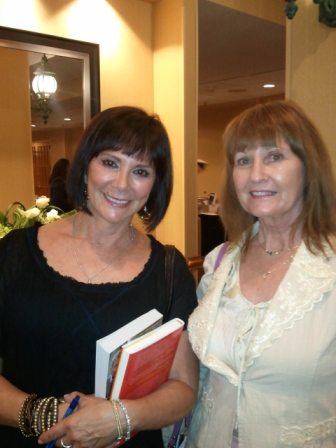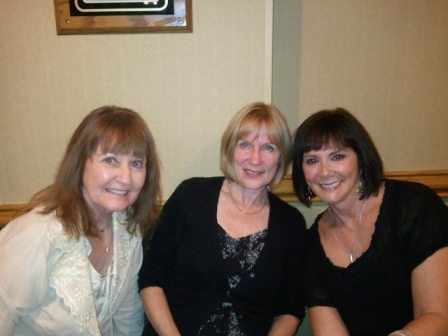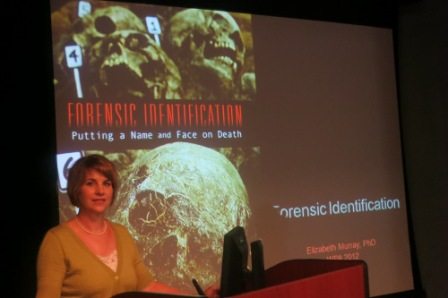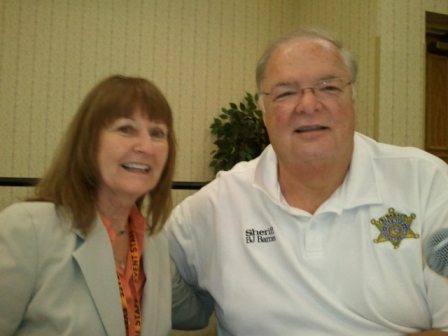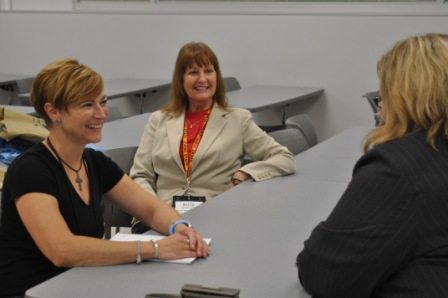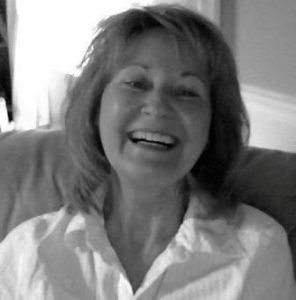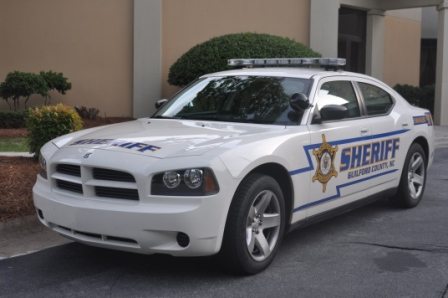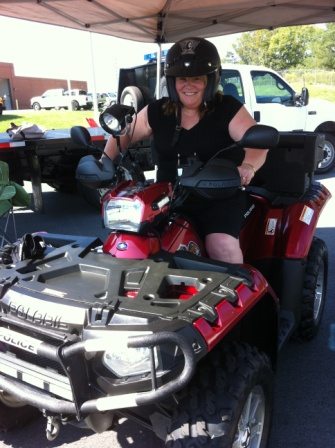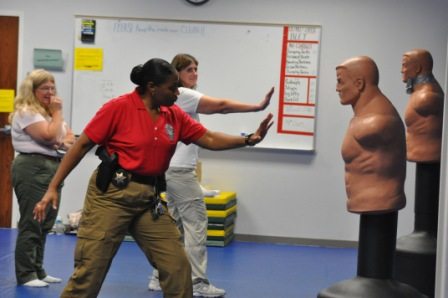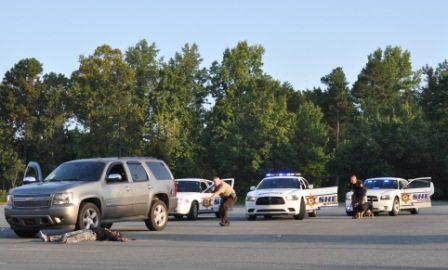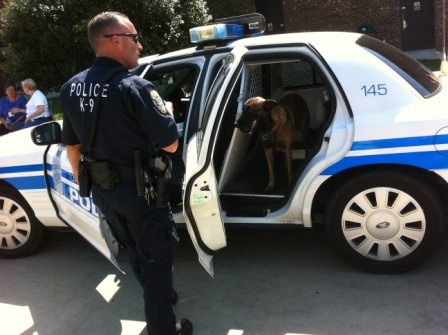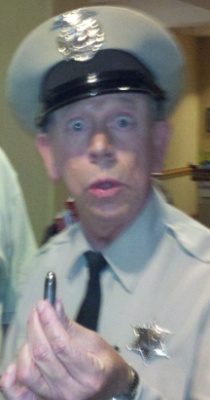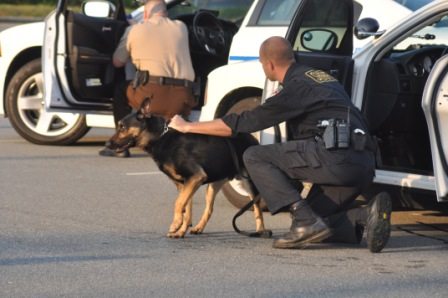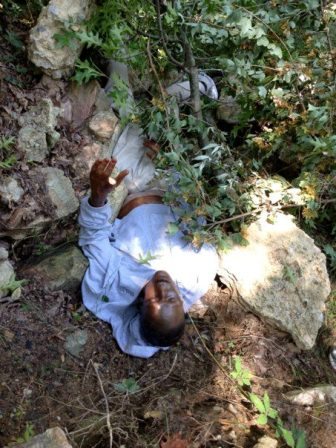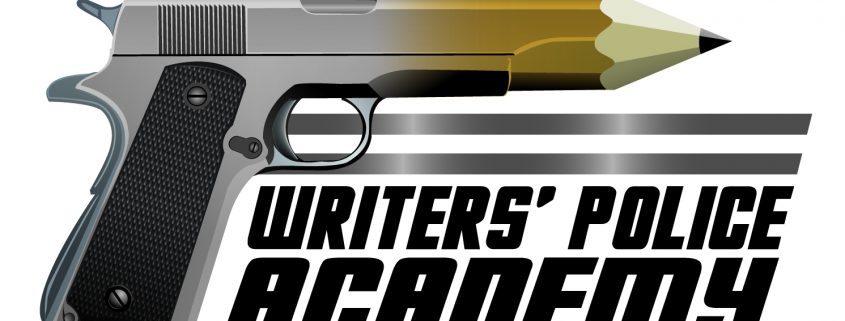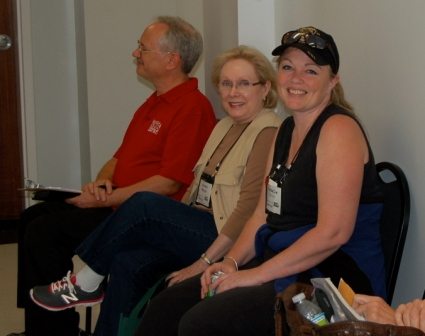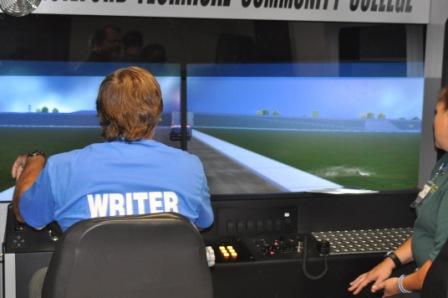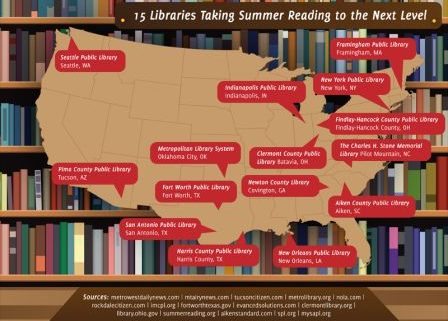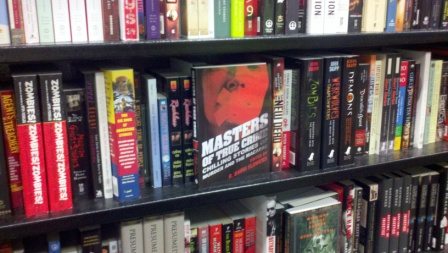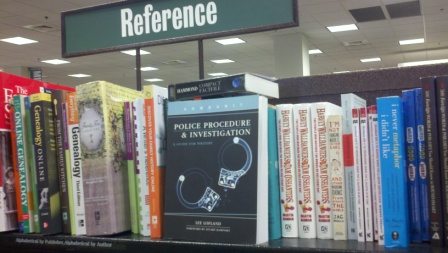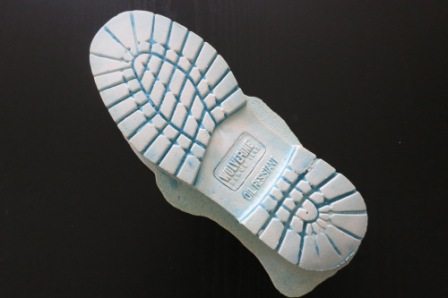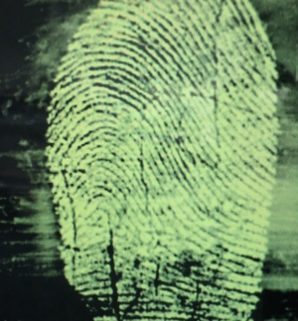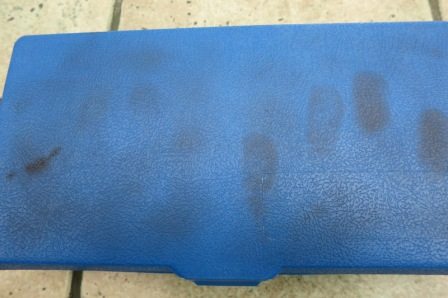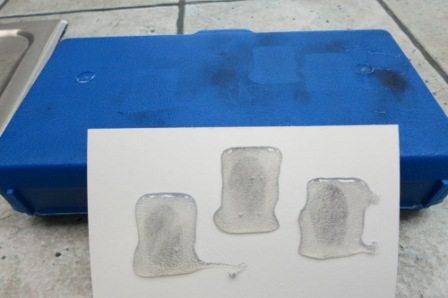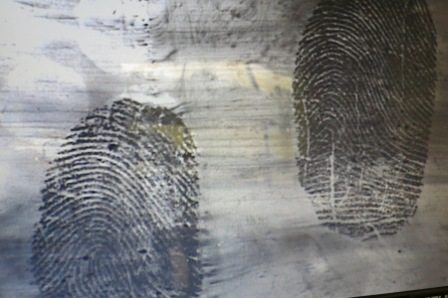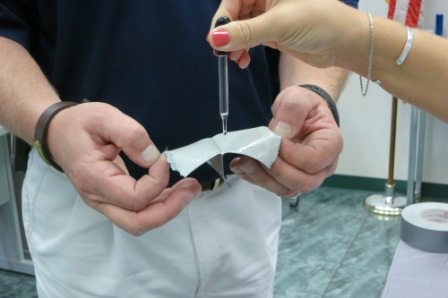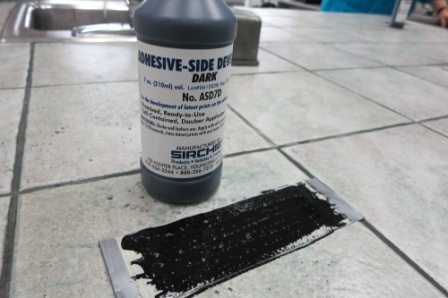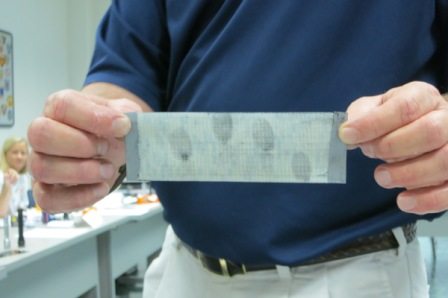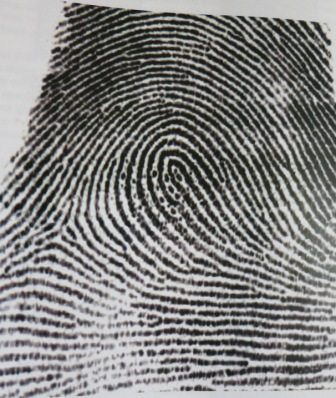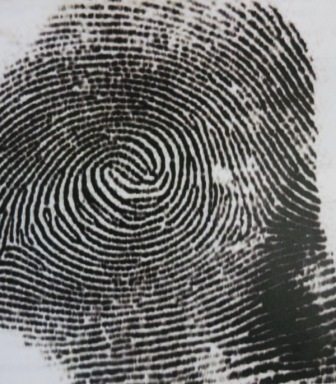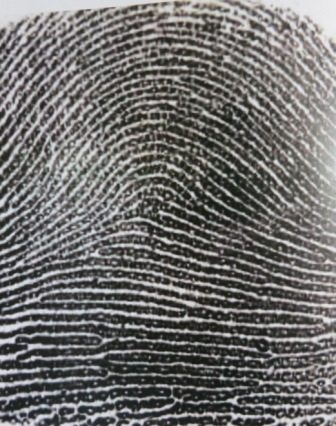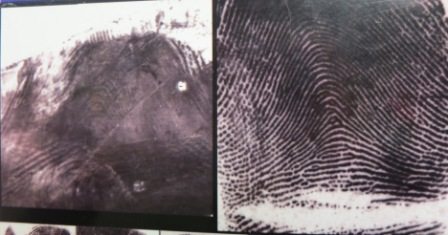Footwear Evidence & Theft Detection
Final Day of Sirchie Evidence Collection Training Classes – by Patti Phillips
Criminals rob, murder, rape or otherwise inflict bodily harm upon their victims. Physical evidence at a crime scene is an essential part of figuring out what happened. It is up to the police officers, investigators, and examiners to recognize what is and is not part of the evidence and then interpret the importance of each fiber, fingerprint, bloodstain, and other material in order to secure a conviction of the correct individual.
One of the most overlooked pieces of evidence at a crime scene is created by footwear.
If a window breaks as a thief enters the premises during the commission of a burglary, the glass will fall into the house, and onto the floor or rug below the window. When the thief steps through the window, unless the thief has wings, he/she will probably plant a foot right in the middle of the glass. And walk through the house, most likely tracking minute pieces of that glass. That glass may also become embedded in the grooves of the sole of the shoe, creating a distinctive footprint.
If the investigating officer can place a suspect at the scene with the footprint, then there is probable cause to fingerprint that suspect and hopefully establish a link to the crime.
A new method of eliminating suspects right at the scene involves stepping into a tray that contains a pad impregnated with a harmless clear ink that doesn’t stain, then stepping onto a chemically treated impression card. (So safe that it’s often used on newborn babies for the hospital records) No messy cleanup, immediate results, and it can even show details of wear and tear on the shoe. This can be a way to establish a known standard (we know where this impression came from) to compare with multiple tread prints at the scene.

Footwear Clear Ink Impression
Another tool for creating a known standard is the foam impression system. It takes a bit longer, (24 hours) but clear, crisp impressions can be made, including of the pebbles and bits stuck deep into the grooves and the writing on the arch. Very helpful when trying to place suspects at the scene. A rock stuck in the sole is a random characteristic that can’t be duplicated, so becomes another point of identification.
We definitely wanted to try this method for ourselves. Each of the writers stepped into the box of stiff-ish foam – a bit like stepping into wet sand.

Using foam impression system
An impression is made instantaneously. Look at the detail – down to the wear on the heel.
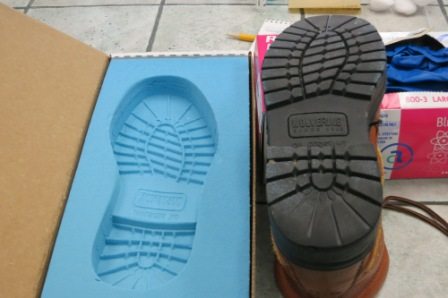
Foam impression of Wolverine boot
We used pre-mixed dental stone (made with distilled water and the powder) to fill the impression.

Making the cast with pre-mixed dental stone
We waited 24 hours for them to become firm enough to pop out of the foam. We now had permanent records of the footwear treads, which could be used for comparison to other prints found at the scene. There were more than a dozen of us walking through that room every day on a regular basis and assorted other visitors tramping through the perimeter. If a crime occurred before we left for the week, we’d have a LOT of eliminating to do, but we were ready!
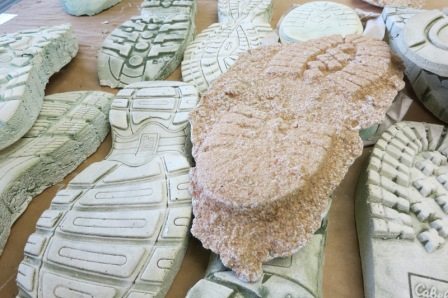
Footwear casts
Occasionally footprints are found on the ground outside a window or in the gardens surrounding a house after a burglary or homicide. Ever see a crime show on TV where the fictional investigator makes a snap judgment about the height and weight of the owner of the footprint because of the depth of the impression? That’s merely a plot device and is not scientific evidence in real life. A crime scene photographer or investigator can photograph the footprint (next to a measurement scale), make a take away cast, and then compare the impression with those of the suspects or other bystanders at the scene. Beware: making a cast of the print destroys the print, so a photograph must be taken before pouring that first drop of dental stone.
Footprints can be found at bloody crime scenes as well. The suspect walks through the blood, tracks it through the house, cleans it up, but the prints are still there, even though not obvious to the naked eye. As we learned during the ‘Blood and Other Bodily Fluids’ session, blood just doesn’t go away, no matter how hard you try to get rid of it. It seeps into the cracks and crevices of a floor and even behind baseboards.
A savvy investigator will collect sections of carpet (or flooring) taken from where the suspect might have walked during the commission of the crime, then conduct a presumptive test for blood (LCV – Aqueous Leuco Crystal Violet), find a usable footprint, compare it to a known standard, and then be able to place the suspect at the scene.
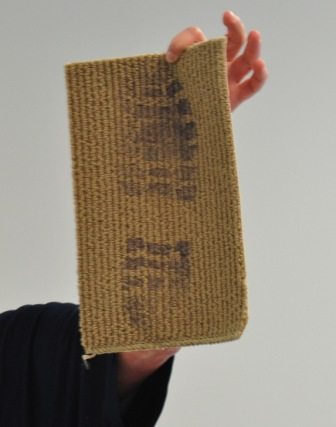
Footwear Print
Crooks like to think they can outsmart the cops by coming up with new ways to get rid of evidence. But law enforcement officers are getting smarter as well. Filing down the serial numbers on a gun in order to cover up its ownership? No longer works.
We thought Mr. Skiff was kidding! But, no. We were each presented with a small rectangle of polished metal. Looks totally smooth and shiny, right? We were informed that one of the Sirchie employees had used a sander and removed numbers from some, maybe all, of the metal rectangles. Hmm… Our assignment was to restore the numbers. Ha! No way there was anything on mine.

Supposedly ‘gone’ serial number
(By the way, if this had been a gun in an actual case, first we would have photographed the area where the serial # was supposed to be, and shone a flashlight on it from several oblique angles to see if we could spot a fragment of a numeral.)
Our course of action was to:
1) polish the surface with sandpaper – very fine, 220 grade sandpaper. We were warned not to create heat, but to keep polishing until we had a mirror surface, about two minutes at a time.
2) wipe off the surface with clean cotton balls
3) apply cleaning solution
4) use a bulb pipette, apply 2% acetic acid solution, and flood the surface evenly.
The acid ate away at the metal, turned to light gray, bubbled, and gave off a bit of smoke. It was taking the destroyed surface and restoring it.
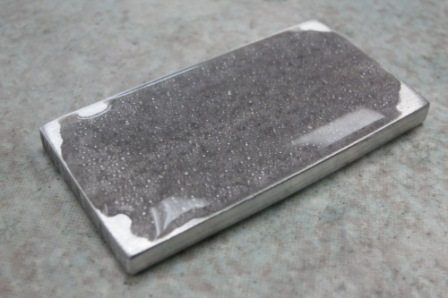
Acid treated metal
Once the bubbling stopped, we dumped the acid into the sink and wiped the surface dry with a clean cotton ball. It fogged and we kept rubbing hard, about 45 seconds. The next step was to run the piece of metal under the faucet and hold it an angle to see what we had.

Checking for numbers
Most of us saw something, but we couldn’t really tell what the writing said. We started the process again, beginning with the sanding at step #1. After another run through all the steps, three numerals appeared on mine.
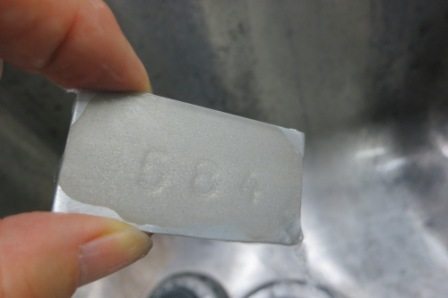
584 pops out after only two attempts at restoration
Success! Followed by the application of an acid neutralizer to set the numerals. I just checked and almost two weeks after the class ended, the numerals have not faded.
If this were an actual case, we would photograph the numerals we were able to restore, call the gun manufacturer and ask for a match in their database. All legitimate gun manufacturers employ liaisons to work with law enforcement officers. Good news? – it is also possible to restore numbers on plastic, copper, and aluminum. And, if there were 20-30 numerals to be restored, and only half appeared, it’s possible to cover the recovered numerals with duct tape, then reprocess the missing ones.
Presumptive drug tests for narcotics can be conducted right at the scene.
The kits each include three ampules. A very small amount of the substance in question is added to the open bag and then the ampules are broken one at a time. After each ampule breaks, the test liquid mixes with the substance and will change to the correct color if the test is positive. Every once in a while, we see drug dealers on TV or in the movies dip a finger into a kilo of cocaine, taste it, then declare that it’s ‘good stuff.’ Not true in real life, and certainly a police officer could not do that at a drug bust. These tests are fast and accurate.

Presumptive drug test results
Theft detection comes into play during bank robberies and kidnappings. If officials know ahead of time that a bank is about to be robbed, or if kidnappers have asked for a money drop, but the identity of the suspect is unknown…what to do? Microwave the money to take out the moisture, then dust it with purple Stain Detection Powder. When the suspect picks up the cash, his hands will get the pesky purple powder all over them.
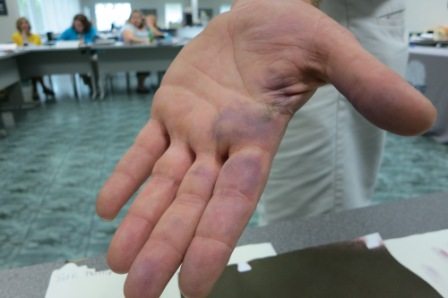
Visible Stain Detection Powder
The stuff is annoying and spreads easily onto clothes – messy, messy. So, if the suspect acts like any other average person on the planet, he/she will try to wash it off. But, that only makes the hands turn a bright shade of purple. This stuff does not wash off, no matter how many times you scrub. We watched Mr. Skiff continue to work on that purple stain for the rest of the day. I hope he didn’t have dinner plans out in a public place.
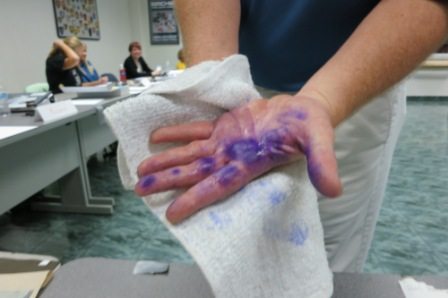
Visible Stain Detection Powder exposed to moisture
There are both visible and invisible fluorescent Stain Detection products (powders, pastes, crayons, ink markers, etc.) and they are used for both tagging and tracing. Some of the crimes most likely to be solved using them? Petty theft, money laundering, illegal drug sales, illegal firearm deals, industrial espionage, arson, and loads more. Stain Detection stamps have been used for years to track people coming and going at large entertainment venues. Cheap and easy way to tell if someone has paid for the entry ticket.
A few words about crime scene photography:
I’ve mentioned several times that photography plays an important role in recording evidence at the scene. We see crime scene photographers working the scenes on the major forensic crime shows on TV and in the movies all the time. Not just anyone with a cool new camera can photograph a crime scene, however. Aside from the ‘strong stomach’ factor, the photographer must have an expert level of knowledge about f-stops, raw vs jpeg images, and the list goes on. PLUS, you can’t delete the images you don’t like, even if fuzzy or off-kilter. Digital camera images are sequentially numbered and if the remaining photographs are entered into evidence in a court case, the attorneys will want to know what was on the missing images. Case gets thrown out of court because of your pride? Hmm…
The fabulous week came to a close with a graduation ceremony. Since we were not actually going to work in law enforcement – just write about it – we didn’t have to take the exam that usually closes the week of training. Whew!

Robert Skiff, Patti Phillips
Grads at other institutions receive flowers on graduation day. Not our group.
Our goodies? T-shirts, cozies, pens, and….
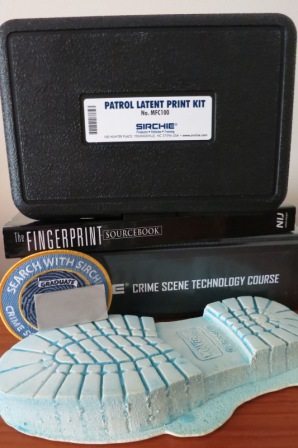
For a crime fiction writer, perfect!
I can’t say enough great things about Robert Skiff, the Sirchie Training Manager/Technical Training Specialist who conducted the class with his assistant, Chrissy Hunter, all week. He fielded our many (sometimes wild) questions with solid expertise as we attempted to find the perfect scenarios for our fictional crime-fighters and criminals.
Thanks as well to Lee Lofland and Writers’ Police Academy for making it all possible. Amazing experience!

Patti Phillips is a mystery writer/photographer/reviewer whose best investigative days are spent writing, cooking, traveling for research, and playing golf. Her time on the golf course was murderously valuable while creating the perfect alibi for the chief villain in Patti’s novel, “One Sweet Motion.” Did you know that there are spots on the golf course that can’t be accessed by listening devices? Of course, it helps to avoid suspicion if you work on lowering your handicap while plotting the dirty deeds.
Patti Phillips writes the online detective blog, www.kerriansnotebook.com. (Detective Kerrian chats about life as a detective as well as the central case in “One Sweet Motion.”) Patti’s book reviews of mysteries and thrillers can be found on the Facebook, Amazon, and Barnes & Noble sites. Her own review site, ‘Nightstand Book Reviews’ is coming soon.
Patti is a transplanted metropolitan New Yorker/north Texan, now living in the piney state of North Carolina.


